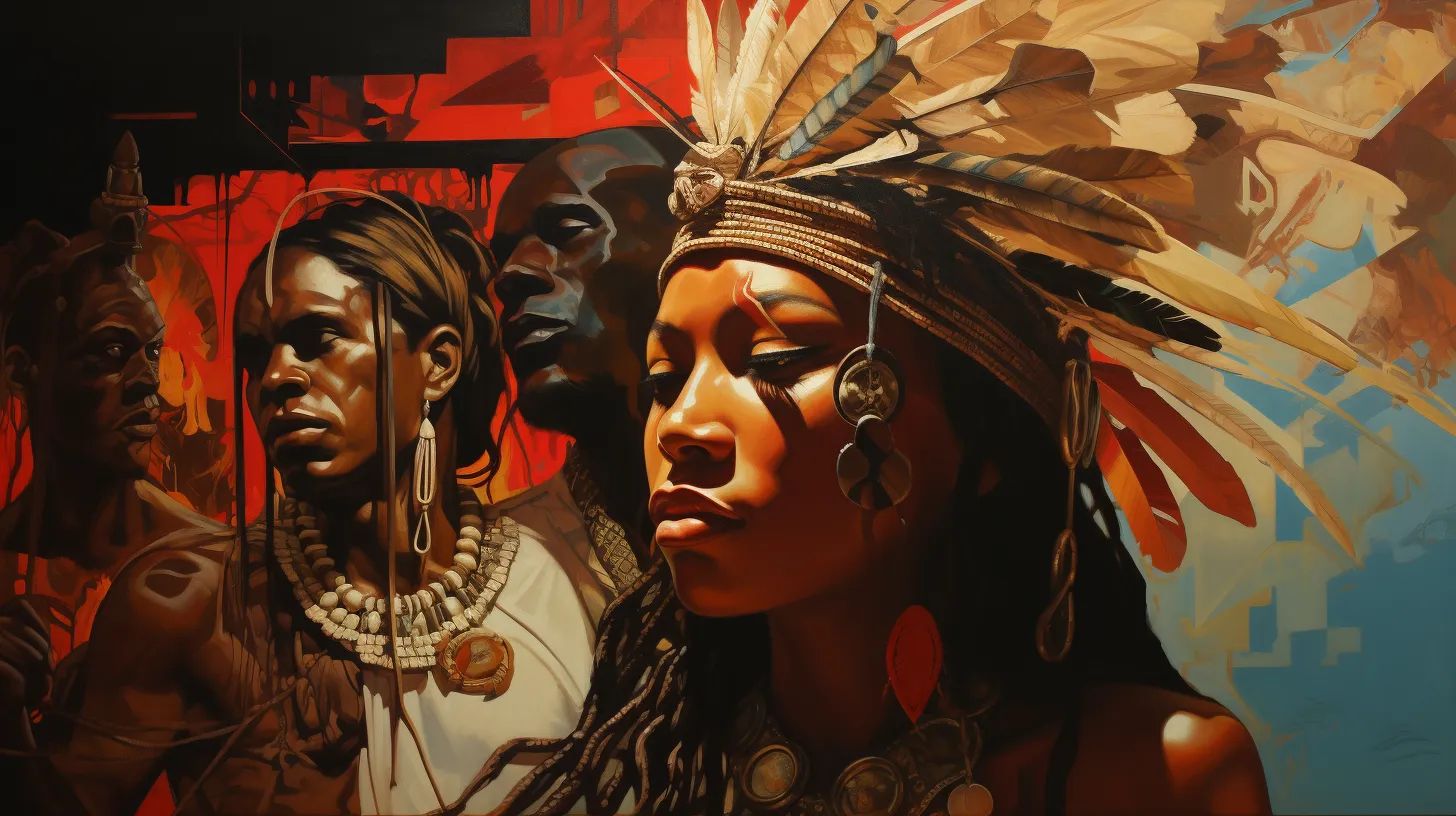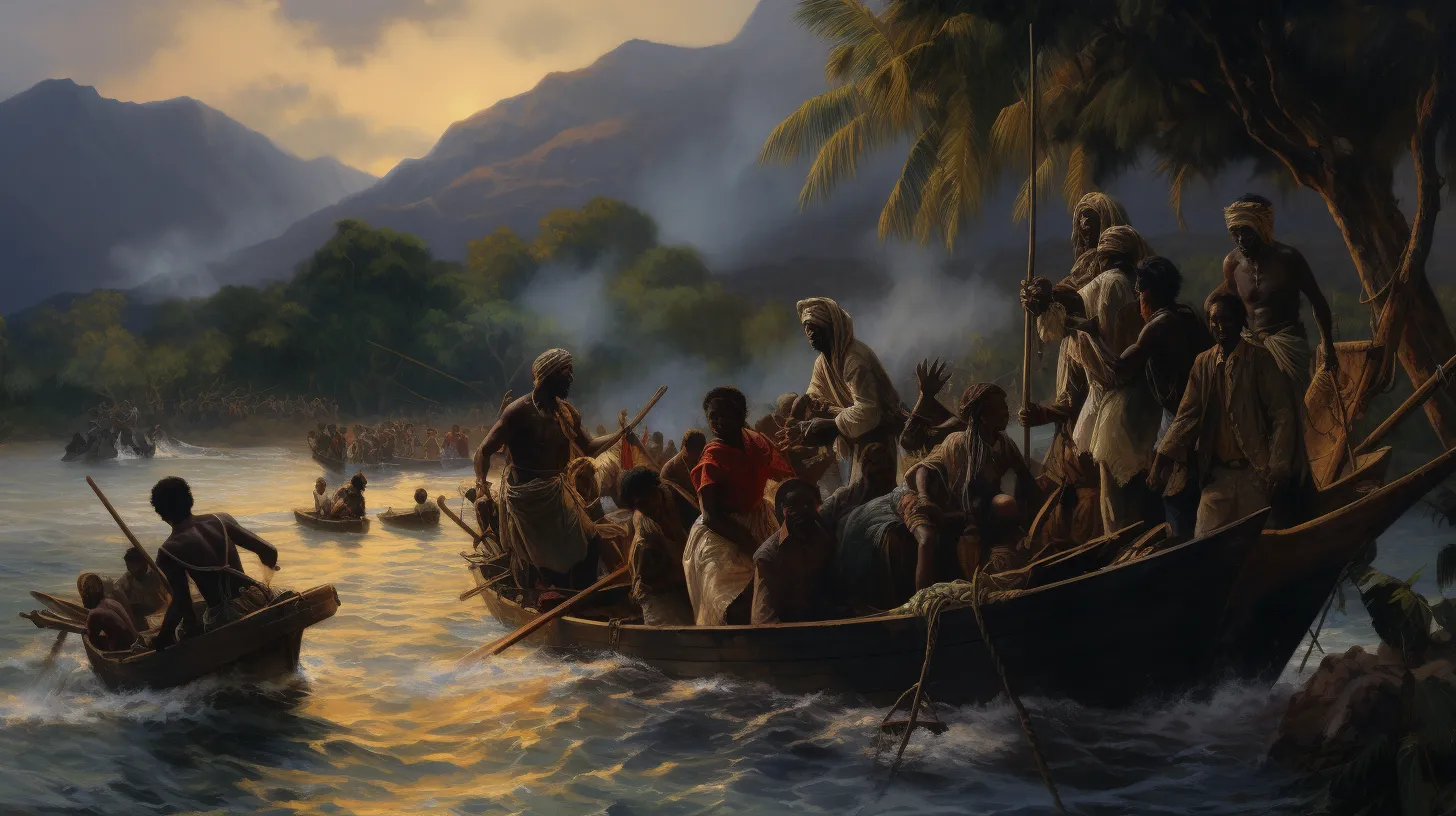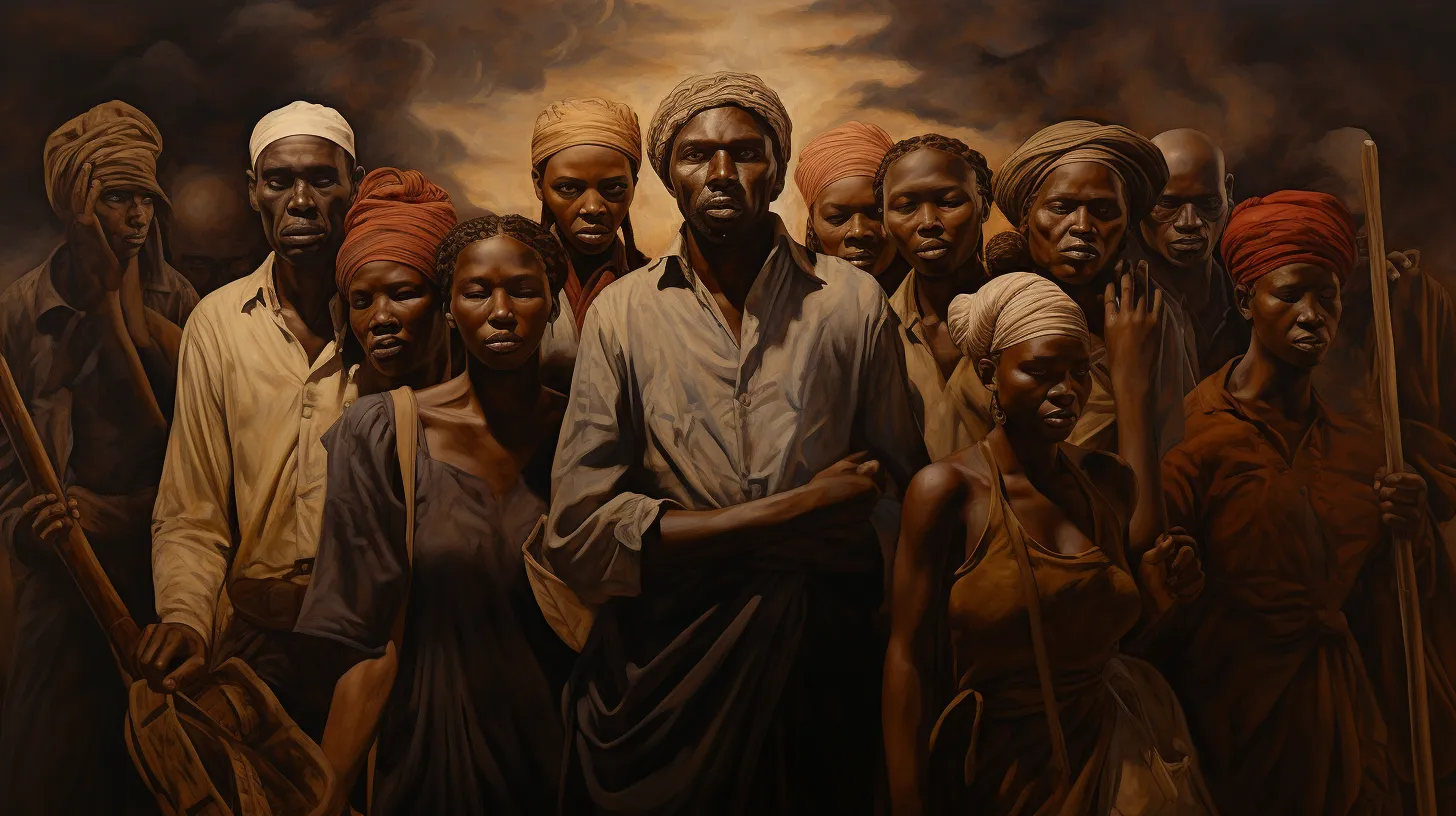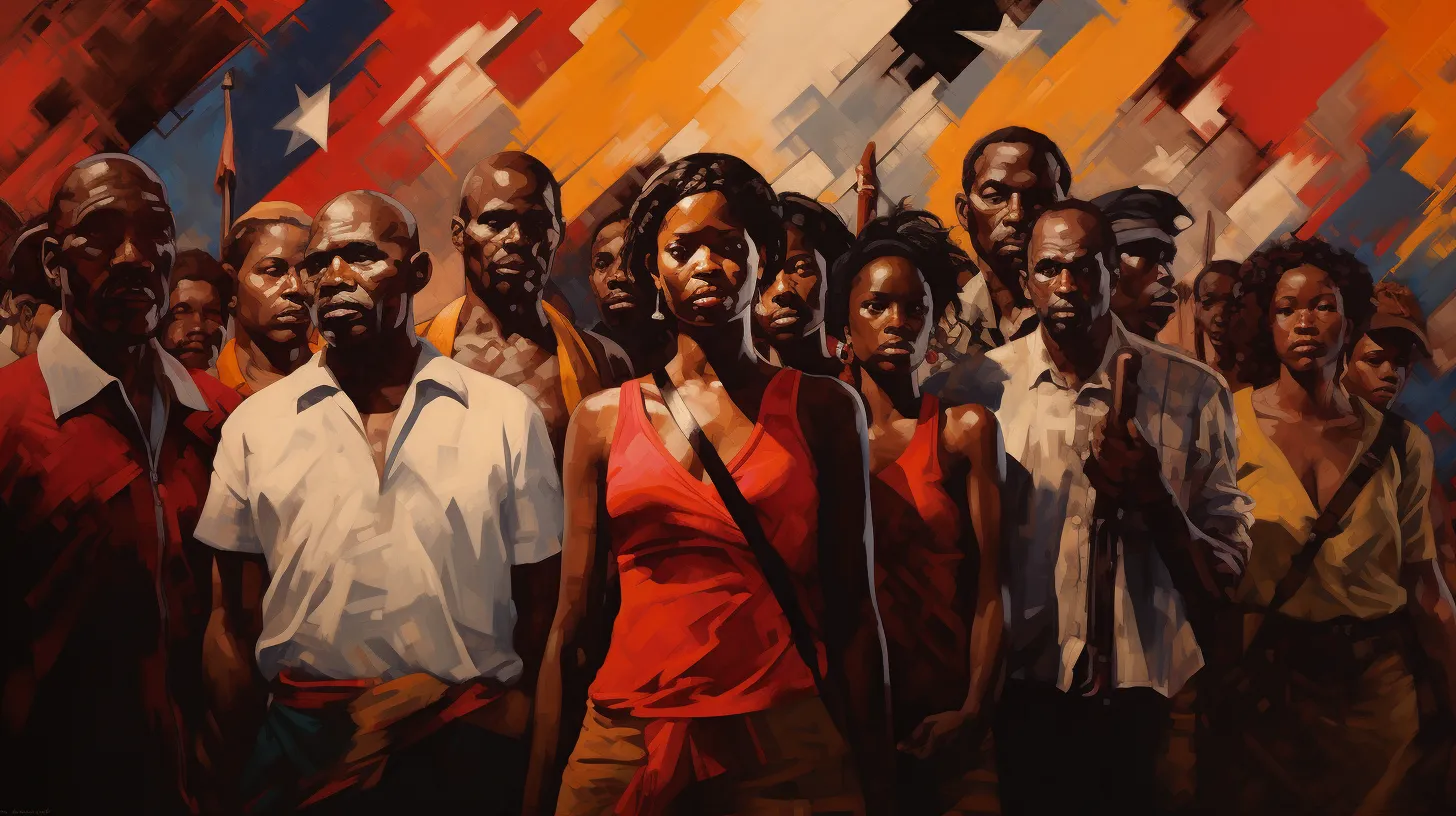The history of Haiti’s racial identity is closely linked to Christopher Columbus’ arrival in 1492 and the subsequent European colonization that introduced enslaved Africans to the region.
The complex interplay of historical events, including the brutal conditions of slavery and the transformative Haitian Revolution, played a pivotal role in shaping the racial identity of Haitians.
This exploration sheds light on the profound impact of these historical forces and their lasting influence on Haiti’s rich cultural heritage.
Indigenous Taino People and European Colonization

The indigenous Taino people initially welcomed Columbus but were later subjected to enslavement and brutal treatment by European colonists.
As European colonization took hold, the island of Hispaniola became a hub for the transatlantic slave trade, with enslaved Africans outnumbering Spanish immigrants.
The French colonial period in Saint Domingue, now Haiti, saw the brutal exploitation of both indigenous and African populations.
The Haitian Revolution, led by figures like Toussaint Louverture, ultimately resulted in the abolition of slavery and the establishment of Haiti as the first black republic.
However, the Dominican Republic, the other half of Hispaniola, continued to grapple with its own tumultuous history.
The devastating Haiti earthquake in 2010 further compounded the challenges faced by both nations, influencing their shared heritage and ongoing efforts towards development and recovery.
Introduction of Enslaved Africans

Upon arrival in Hispaniola, European colonists quickly began importing enslaved Africans to work on plantations, solidifying the island’s role in the transatlantic slave trade and perpetuating the brutal exploitation of both indigenous and African populations.
The French colonists brought enslaved Africans from various places like Portugal, Spain, and France to work in the sugar and coffee plantations. The conditions for these enslaved Africans were notoriously harsh, contributing to the eventual Haitian Revolution of 1791-1803.
This introduction of enslaved Africans not only shaped the demographics of Haiti and the Dominican Republic but also had far-reaching consequences. The descendants of these enslaved Africans contributed significantly to the cultural, economic, and social development of the Americas, particularly in regions like New Orleans, New York, and other parts of the American South.
Their influence can still be felt today, making their arrival a pivotal moment in history.
Impact of Slavery and Revolution

The introduction of enslaved Africans to Hispaniola not only shaped the demographics but also set the stage for the transformative impact of slavery and revolution in Haiti.
The Haitian Revolution of 1791-1803, resulting in the end of slavery in Saint-Domingue and all French colonies, stands as a pivotal event. This revolution not only secured Haitian independence but also inspired Latin America’s struggle for freedom from colonial rule.
The U.S. occupation of Haiti between 1915 and 1934, forced labor during the construction of roads, and the country’s vulnerability post the 2010 earthquake have all significantly impacted the nation.
Despite these challenges, Haitian leaders, such as President Jean-Pierre Boyer, have worked towards economic growth and stability.
The impact of slavery and revolution on Haiti’s history continues to shape its present and future.
Formation of Racial Identity

Formation of Racial Identity in Haiti was influenced by the intermingling of diverse African and European populations and the stratification of society based on race and class. The multiracial Creole population, including grands blancs, petits blancs, and gens de couleur libres, held different levels of power and citizenship.
The importation of African slaves to Saint-Domingue significantly increased, reaching almost half a million by 1789. Despite the Code Noir regulations, harsh working conditions and extreme punishments persisted on plantations. Maroon communities, comprising around 48,000 escaped slaves, resisted and organized raids on plantations.
This history of intermingling, stratification, and resistance shaped Haitian racial identity. The impact of these dynamics is evident in Haiti’s emergence as an independent nation and its contribution to the New World and Latin American history. The complexities of racial identity in Haiti continue to be a topic of significance, both within the country and on the international stage, as recognized by the United States Department and the United Nations.
Influence on Haiti’s Cultural Heritage

The intermingling of diverse African and European populations in Haiti has significantly influenced the country’s cultural heritage, shaping its art, language, music, and religious practices.
This fusion of cultures is evident in the vibrant and diverse traditions found throughout the country. Haitian art, with its rich colors and themes of resilience and spirituality, reflects the deep-seated cultural influences.
The language spoken in Haiti, Creole, is a testament to the blending of African and European languages, creating a unique and expressive form of communication.
Furthermore, music and religious practices in Haiti bear the marks of both African and European heritage, resulting in a rich tapestry of rhythms and beliefs.
These cultural elements haven’t only defined Haiti but have also left an indelible mark on American history and the wider world.



